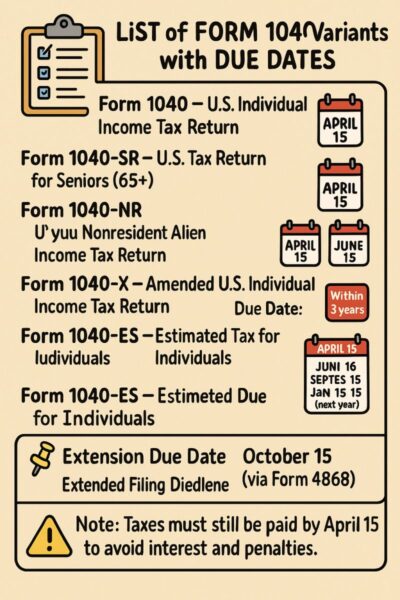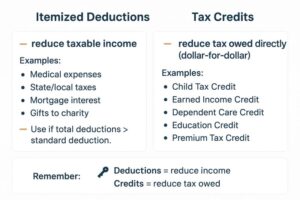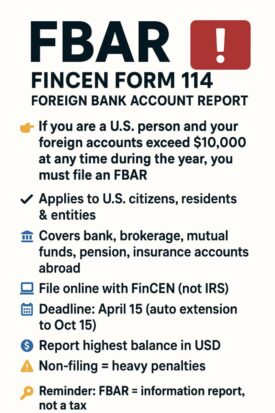🌟 Form 1040 Schedule 2: Detailed Overview 🌟
Schedule 2 is an additional form used when filing IRS Form 1040 or 1040-SR. It covers specific taxes that cannot be directly reported on the main Form 1040. Understanding its sections can help ensure accurate filing and compliance with tax laws.
When to Use Schedule 2?
You’ll need to file Schedule 2 if you owe:
1. Alternative Minimum Tax (AMT): A supplemental tax designed to ensure high-income earners pay a minimum level of tax.
2. Excess Advance Premium Tax Credit Repayment: If you received premium tax credits for health insurance under the Affordable Care Act and the amount received exceeded your allowable credit.
3. Other Additional Taxes: Includes household employment taxes, first-time homebuyer credit repayments, or additional Medicare tax for higher-income individuals.
Structure of Schedule 2
Part I: Additional Taxes
1️⃣ Line 1: Alternative Minimum Tax (from Form 6251).
2️⃣ Line 2: Excess Advance Premium Tax Credit Repayment (from Form 8962).
Subtotal (Line 3): Total additional taxes from Part I.
Part II: Other Taxes
4️⃣ Line 4: Self-employment tax (from Schedule SE).
5️⃣ Line 5: Uncollected Social Security and Medicare taxes on tips or group-term life insurance.
6️⃣ Line 6: Additional tax on IRAs and other qualified retirement plans (from Form 5329).
7️⃣ Line 7: Household employment taxes (from Schedule H).
8️⃣ Line 8: First-time homebuyer credit repayment (from Form 5405).
9️⃣ Line 9: Additional Medicare tax (from Form 8959).
🔟 Line 10: Net investment income tax (from Form 8960).
🔢 Line 11: Other taxes (includes recapture taxes and tax on health savings accounts).
Total (Line 12): Sum of all taxes listed in Part II.
Final Step: Transfer the totals from Schedule 2 to Form 1040, Line 17 or Line 23 (depending on tax year).
Key Points to Remember
Not everyone needs to file Schedule 2. Only taxpayers with specific additional taxes are required to complete it.
Some lines require supporting forms (e.g., Form 6251 for AMT, Form 8962 for excess premium tax credit repayment).
It’s crucial to verify the applicable sections to avoid errors that could trigger IRS inquiries or penalties.
—
📌 Helpful Tip: Using tax software or consulting a tax professional can simplify the process of determining whether Schedule 2 applies to your situation.
Stay compliant and confident this tax season!







